

Matt Campbell
2026 Hyundai Tucson Hybrid review
4 Minutes Ago
A Kadjar by any other name? The Austral is Renault's new twin to the Nissan Qashqai, promising a more premium and more electrified drive.

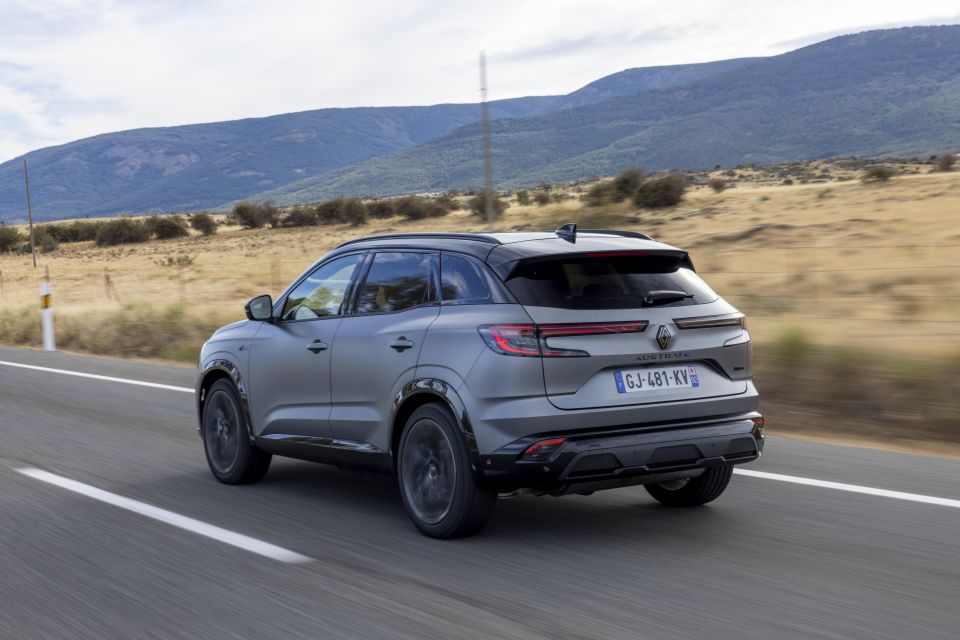

Contributor

Contributor


Contributor

Contributor
Where expert car reviews meet expert car buying – CarExpert gives you trusted advice, personalised service and real savings on your next new car.
Since the demise of the Kadjar, Renault has been absent from the family SUV market, but all that’s about to change with the arrival of the new Austral.
Here to take on the Nissan Qashqai, Toyota RAV4 and Kia Sportage, the Austral is high on the wishlist for Australia, armed with better technology and more efficient engines than its predecessor, as well as a more modern design.
While unconfirmed for our market, and not expected to arrive until next year at the earliest, Renault will be hoping the Austral can make more headway than its predecessor, which struggled despite being based on the same underpinnings as the new-generation Qashqai.
Though the Austral also borrows parts from Renault’s alliance partners Nissan and Mitsubishi, the French company claims it’s worlds apart from its popular cousins. But will that distance be the newcomer’s making or breaking?

Given the Austral hasn’t been confirmed for our market, it’s hard to even guess how much it’ll cost in Australia – especially since the European and UK ranges will be exclusively electrified powertrains.
Pricing for the UK hasn’t even been announced yet. But for reference, the outgoing Kadjar, which was sourced from Spain, offered an all turbocharged line-up locally and was priced from $29,990 to $37,990 plus on-road costs.
The related new-generation Nissan Qashqai, due locally in the coming months, will be priced from $33,890 to $47,390 for the turbocharged petrol version, with the e-Power series hybrid likely to be priced in the $45,000-$55,000 bracket.
Regardless, we’d expect the Austral to be a more premium proposition in the Small SUV segment given the level of tech on offer. Watch this space.

Buy your new car without the stress. It's fast, simple and completely free.

Great service from Travis and team, second time I have used this business would not hesitate to recommend them to anyone
Craig C.
Purchased a Ford Ranger in Sunshine Coast, QLD
CarExpert helped Craig save thousands on his Ford Ranger, now let us save you on your next new car.
Find a dealThe Austral certainly doesn’t look much like a Mitsubishi or a Nissan inside.
In fact, it doesn’t look much like anything else on the market. Sure, the basic ingredients are much the same – there’s a massive touchscreen and a digital instrument display – but the details are distinctly Renault-ish.
We’re particular fans of the sliding armrest-slash-cubby hole cover, which you slide fore and aft like the throttle levers on a Boeing 747. It doesn’t do much, but it’s a cool addition.
Unsurprisingly, the enormous screen in the middle of the dashboard is hard to avoid, so it’s a good job it works well. Google powers the system, just like the new Megane E-Tech electric car’s touchscreen, and the results speak for themselves.
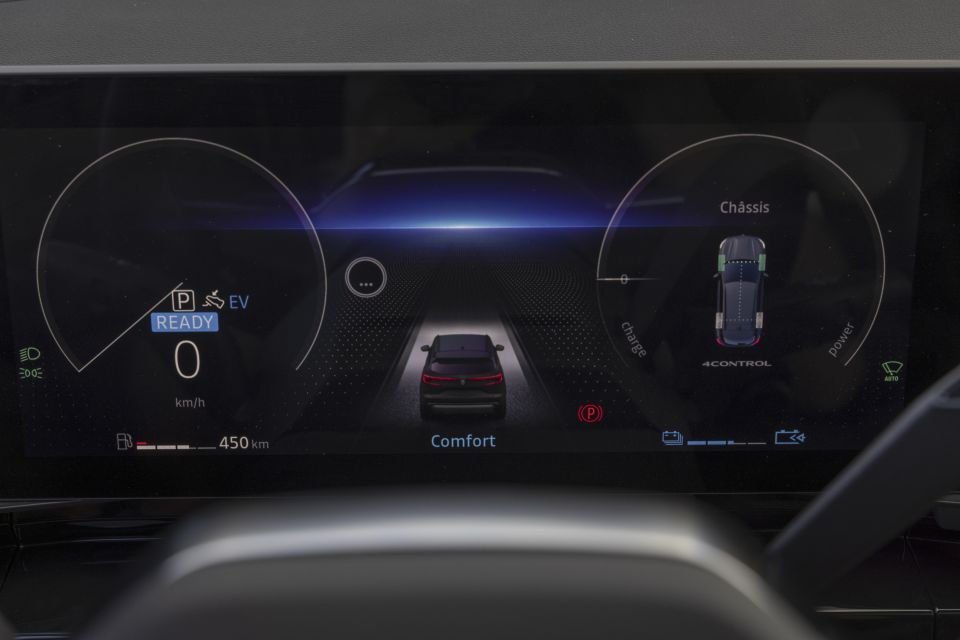
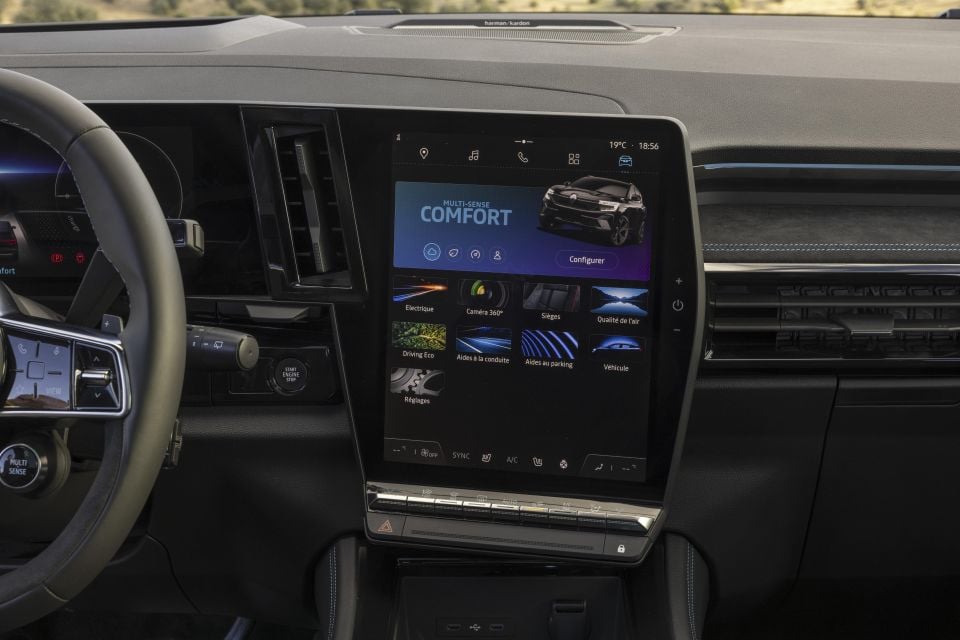
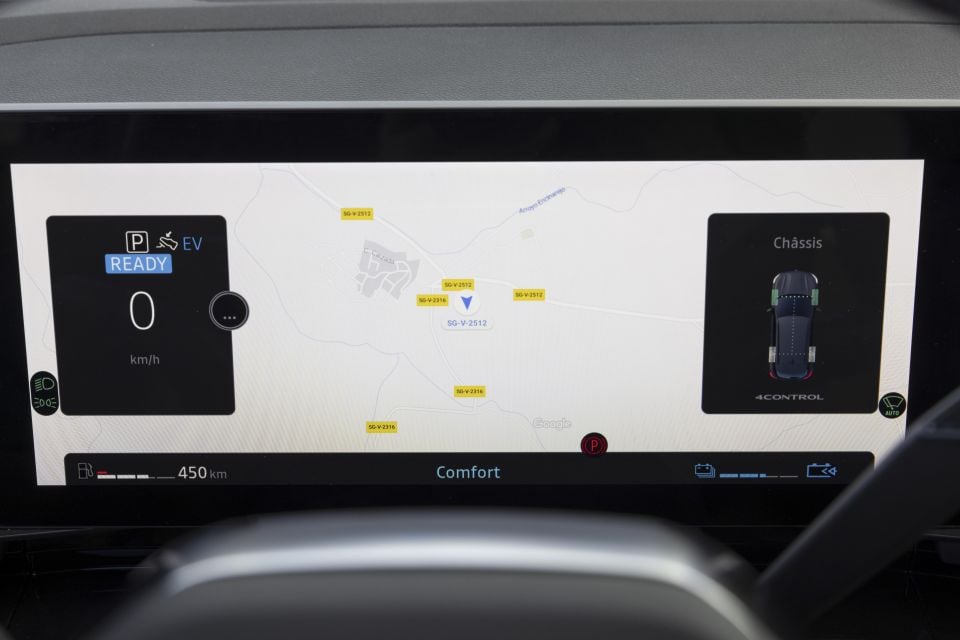
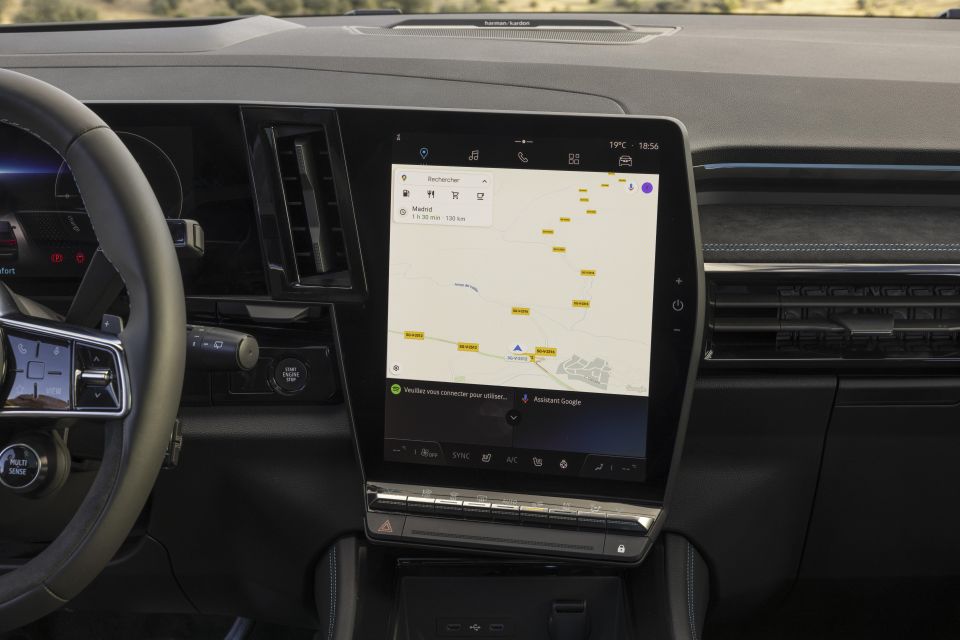
The system feels more intuitive than most, possibly because of the relation with Android phone tech, but large icons and slick responses help to make using it a breeze. It also comes with helpful Google Maps navigation technology, which makes old-school GPS feel a bit… backward.
That touchscreen is joined by a digital instrument display that’s also clear and sharp, but some of the data crops up in slightly odd places, so you need a little while to get used to it. Thankfully, there’s also a head-up display available to present the most important information on the windshield.
But the tech isn’t the only important aspect of the Austral’s interior – the old-school, simple stuff matters too.
Build quality is generally pretty solid, and everything feels well-stitched together, but there are one or two complaints about material quality.
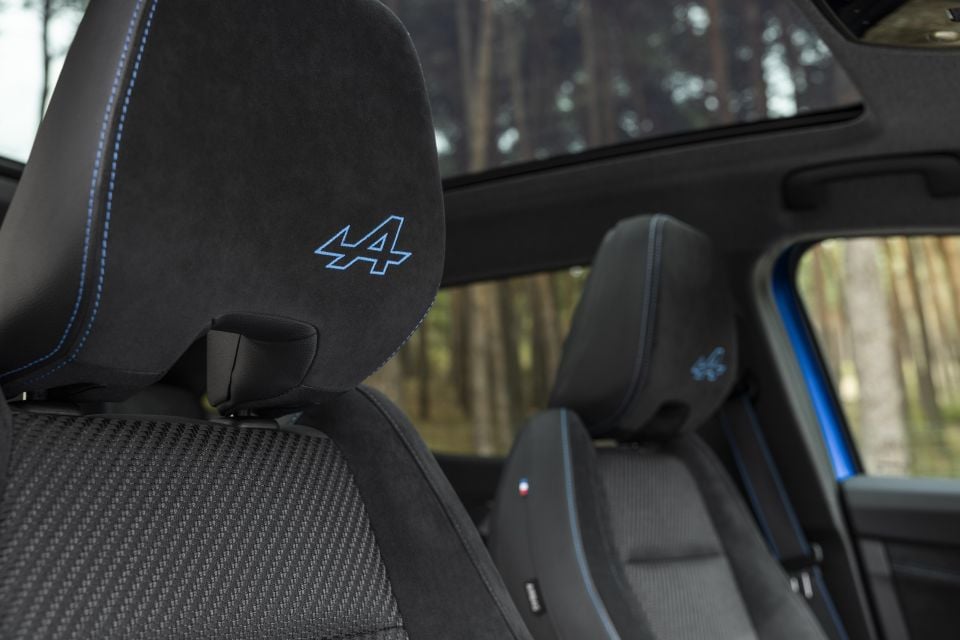

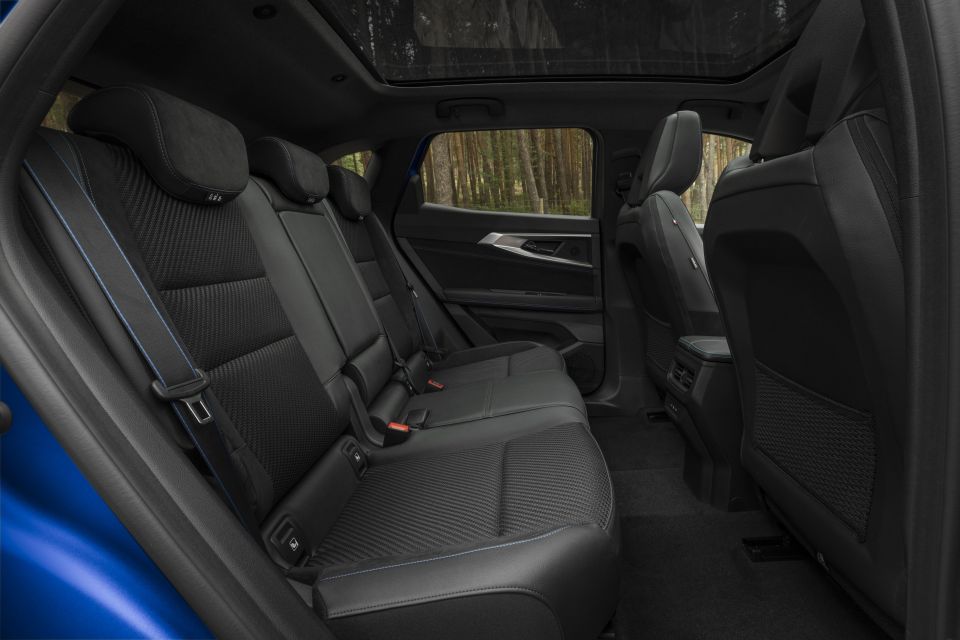
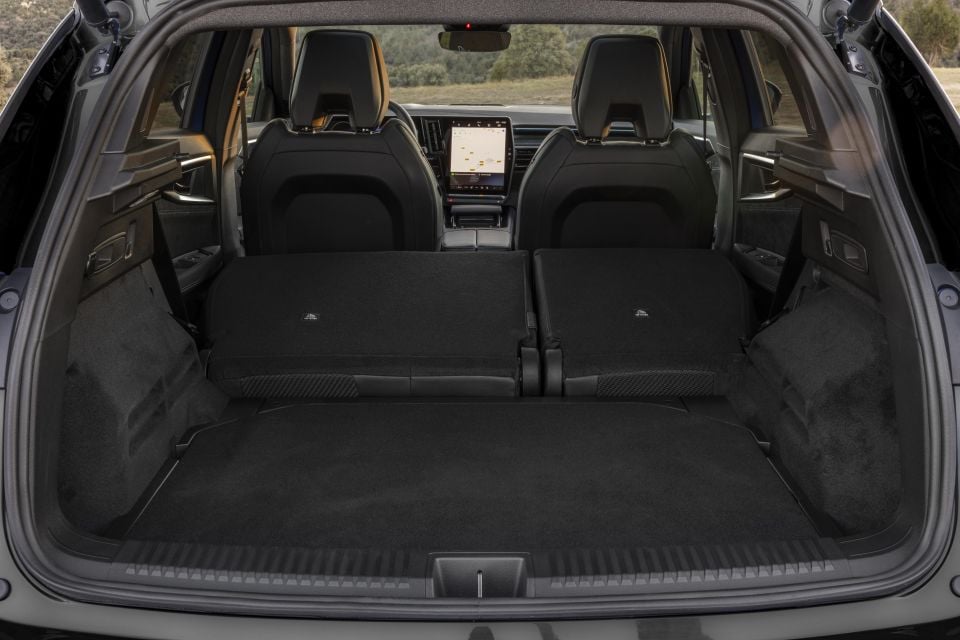
For the most part, all the plastics feel robust and tactile, but a handful of components let the side down a little. Still, it feels as good as anything from Ford or Honda.
It’s just as spacious, too, thanks to a flexible cabin that allows you to trade boot space for legroom via a sliding rear bench.
With all three back seats on runners, they can slide all the way forward to maximise boot capacity at the cost of legroom, or they can slide back to create a really roomy space behind the front seats.
As a result, the official 430-litre boot capacity of the hybrid sounds a little small, but it’s still practical. Slide the rear bench forward and non-hybrid models have a 575-litre boot – larger than that of a BMW X3.
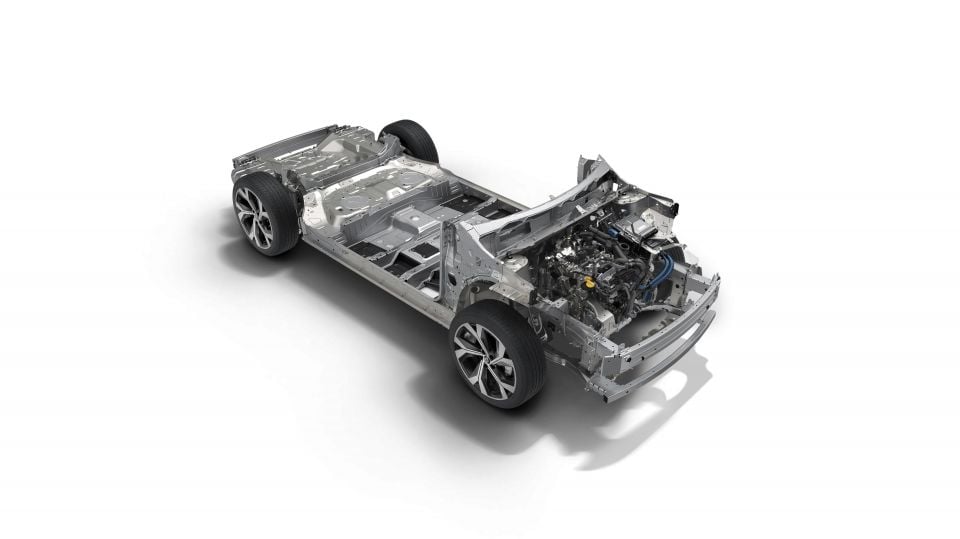
In Europe, the Austral will be offered with a choice of five different powertrains.
There are two 1.3-litre mild-hybrids, plus a 1.2-litre ‘Advanced’ mild-hybrid, but the highlights are the two “E-Tech Full Hybrid” options.
Strangely, the Advanced mild-hybrid is the least powerful of all, squeezing 96kW from its 1.2-litre three-cylinder petrol engine, while the 1.3-litre engines are offered in 103kW and 116kW outputs.
The two 1.2-litre E-Tech powertrains combine a 96kW petrol engine with two electric motors to give customers a choice of 118kW or 146kW power outputs.

All those drive the front wheels alone – all-wheel drive isn’t even available as an option – but they do come with a choice of transmissions.
The mild-hybrids are available with six-speed manual or seven-speed automatic gearboxes, while the full hybrids come with a complicated multi-mode transmission with a claimed 15 combinations.
With relatively low power outputs, performance is mediocre, but efficiency is the name of the game. The 1.3-litre mild-hybrids are the least economical options, burning 6.2 litres per 100km, but the E-Tech Full Hybrids are really efficient, offering consumption as low as 4.5L/100km on the official economy test.
Renault reckons the hybrid system is even better around town, using electrical power alone up to 80 per cent of the time.
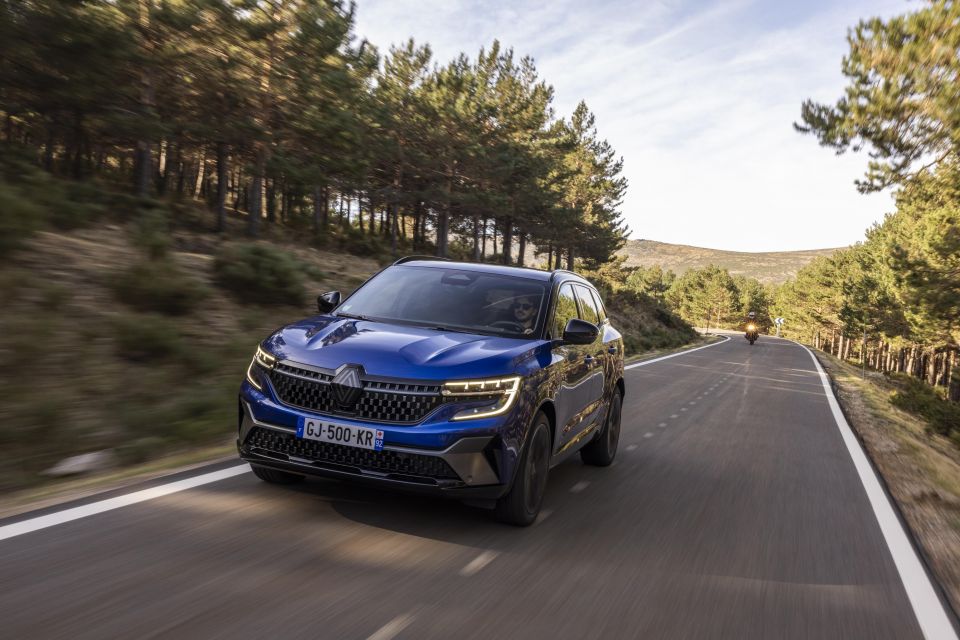
While four-wheel drive isn’t available, Renault’s new four-wheel steering system is.
Dubbed 4Control, the system turns the rear wheels by up to five degrees to improve agility and high-speed stability.
At low speeds, the back wheels turn in the opposite direction to those up front, tightening the turning circle, while at high speeds the wheels turn in the same direction to make it more stable.
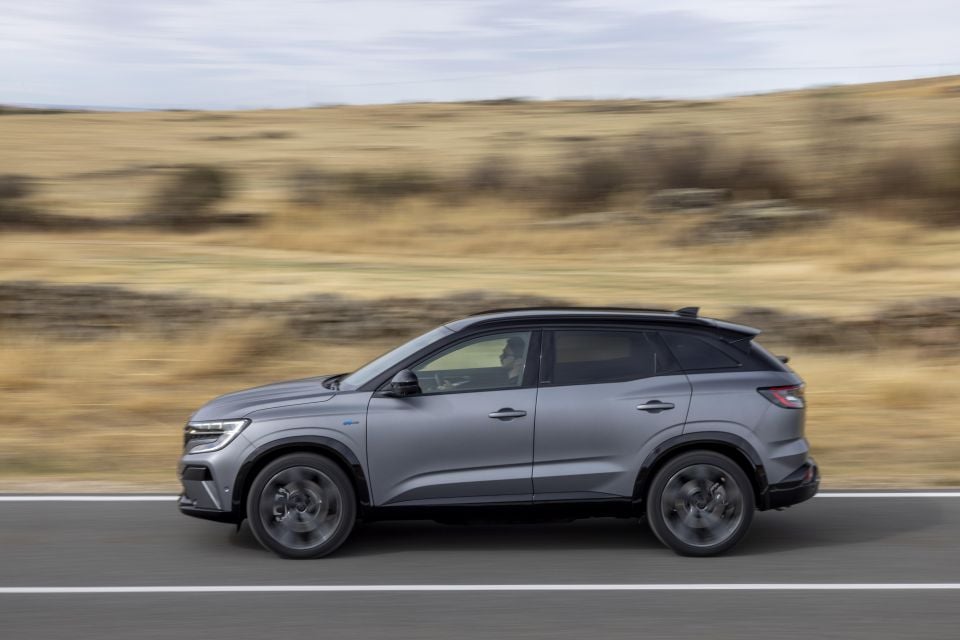
It also brings with it a more modern multi-link rear suspension set-up, as opposed to the less sophisticated rear axle fitted to two-wheel-steering cars.
Having only driven a car with four-wheel steering and multi-link suspension, we can’t comment on the Austral’s comfort in full, but it’s safe to say we have our reservations.
Admittedly, our test car rode on enormous 20-inch alloy wheels, which didn’t help, but it still picked out some sharp bumps in the relatively smooth roads of our European test route. It doesn’t bode well.
On the plus side, the 4Control system gives the Austral incredibly quick steering that makes it feel very responsive and nimble.
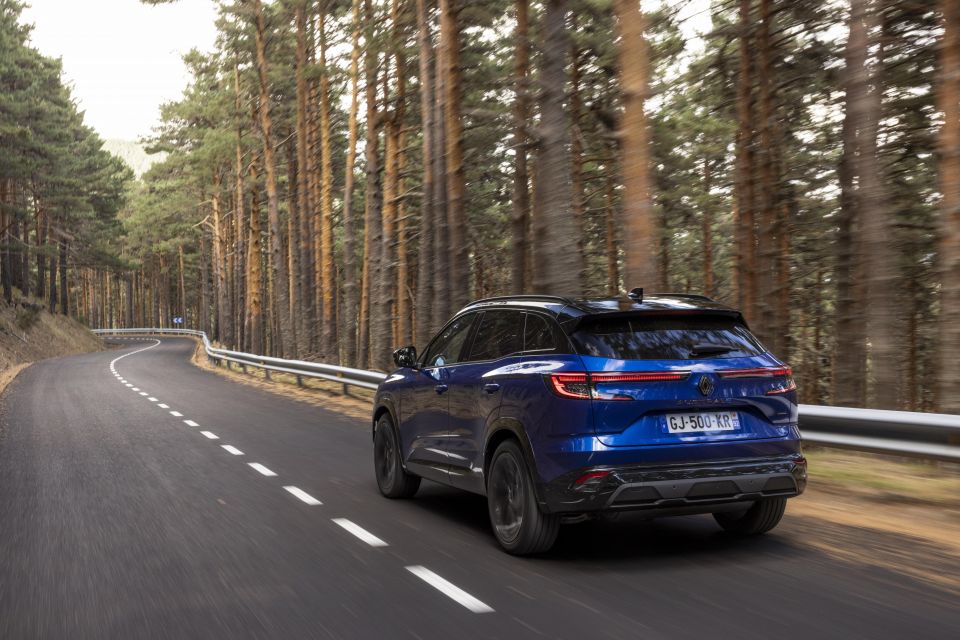
If you aren’t smooth with the steering it feels a bit twitchy, but you quickly get used to it, and the rewards for doing so are plentiful.
There’s bags of grip and a little bit of feel through the steering, while decent body control makes it reasonably entertaining on a good back road.
It’s good on longer journeys, too, thanks to a very refined set of engines, although that effect is spoiled slightly by the large amount of road noise.



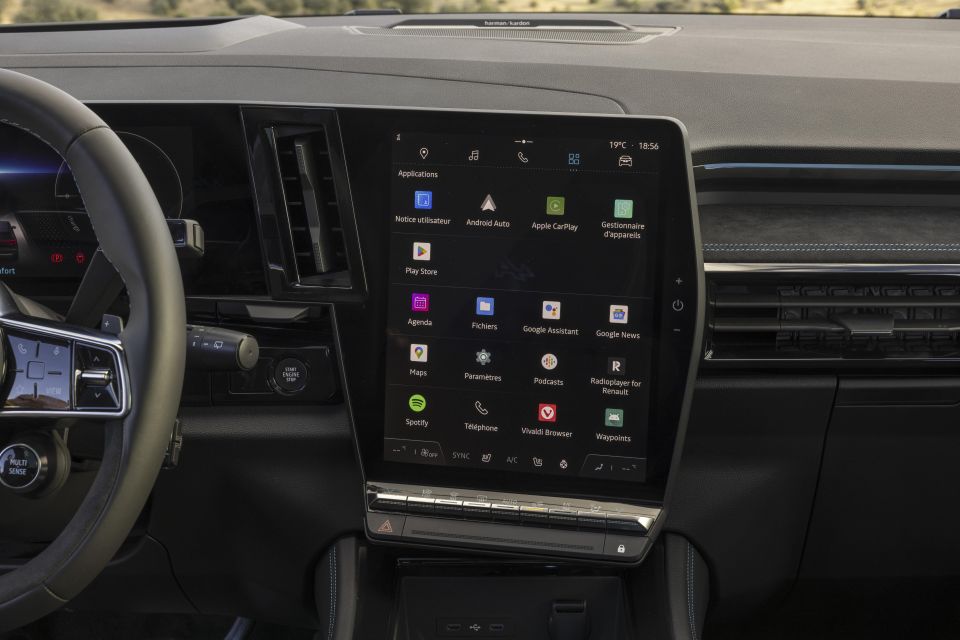
On high-end grades, at least, the cabin is fitted with a 12.3-inch instrumentation display, a large, portrait-oriented 12.0-inch infotainment touchscreen that’s angle towards the driver, and a 9.3-inch head-up display projected onto the windscreen.
The new OpenR infotainment setup is based on the Android Automotive operating system, and has built-in Google Maps, Google Assistant voice recognition, and the Google Play app store. It supports over-the-air software updates, and can be hooked up to a Harmon Kardon sound system.
Top-spec models are available with four-wheel steering, which can turn the rear wheels up to 5 degrees, and reduces the car’s turning circle to 10.1 metres.
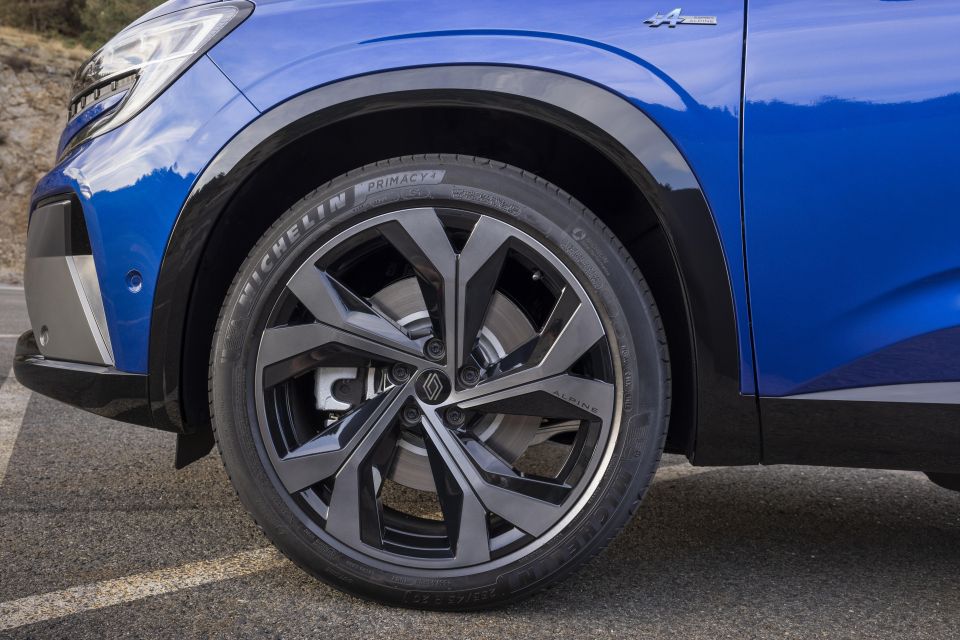
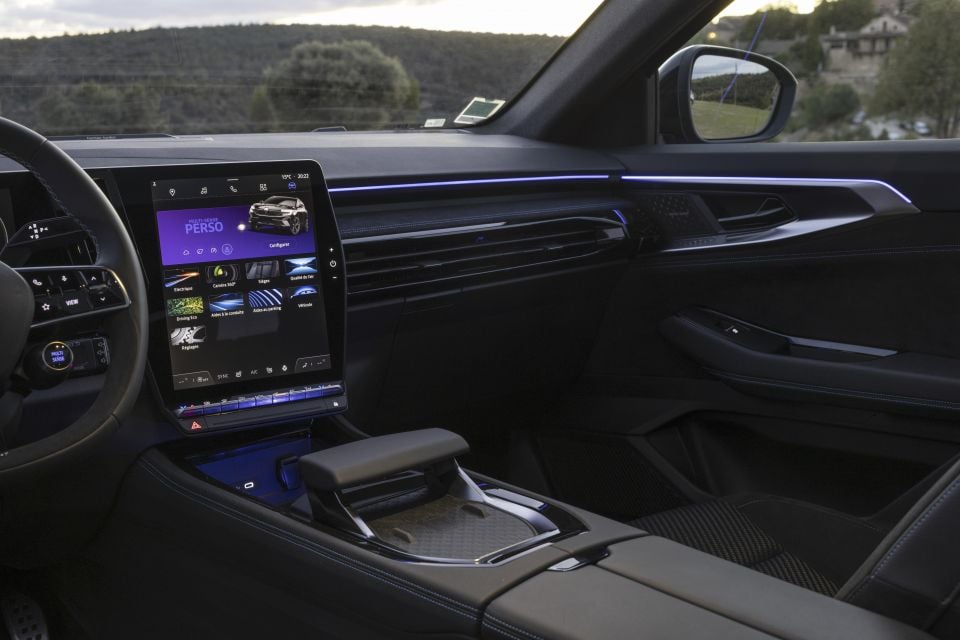
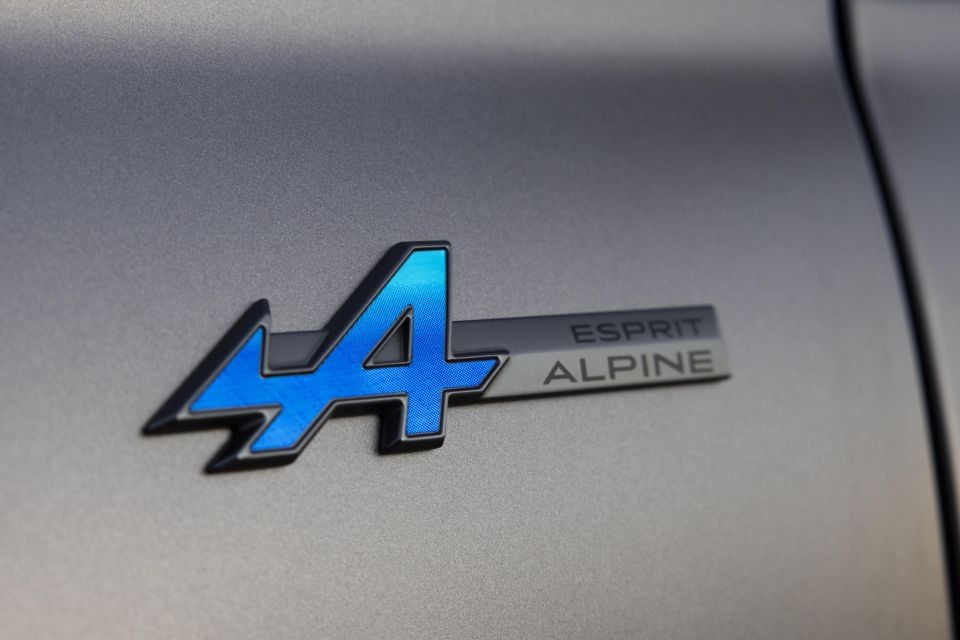

As part of Renault’s long-term strategy to make greater use of the Alpine marque, the Austral will be the first vehicle to offer an Esprit Alpine trim package.
While Esprit Alpine versions of the Austral don’t have any extra power or torque at their disposal, they will look sportier thanks to grey 20-inch diamond-cut alloy wheels, a different grille treatment, black roof rails, and black instead of chrome trim pieces.
On the inside there’s blue stitching, faux suede upholstery, aluminium pedals, and a steering wheel covered in a mixture of Nappa leather and fake suede. A Satin Shale Grey matte paint option is also exclusive to Esprit Alpine models.
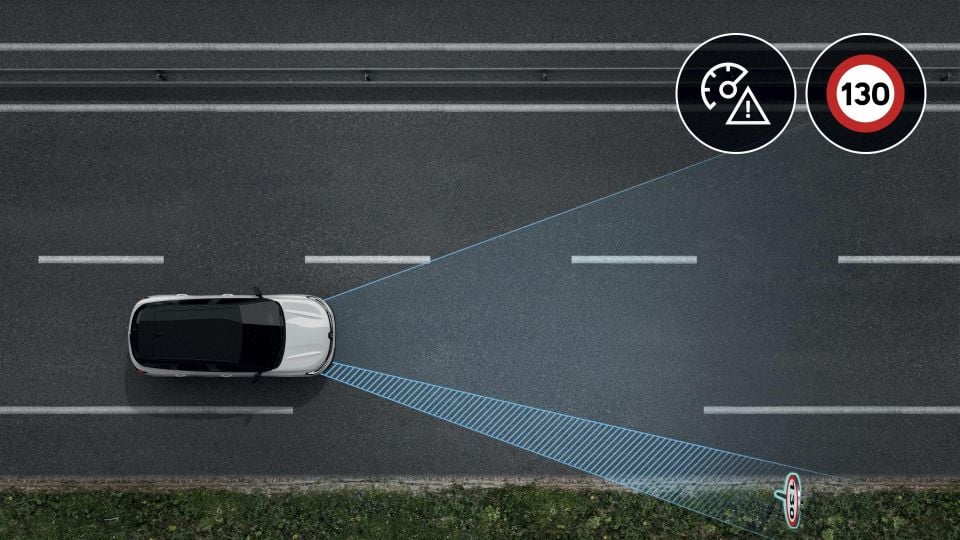
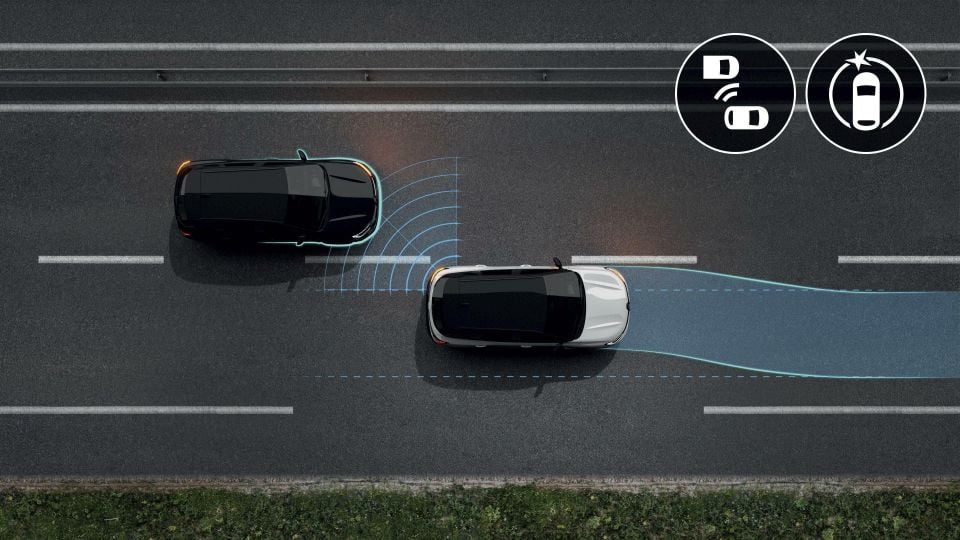
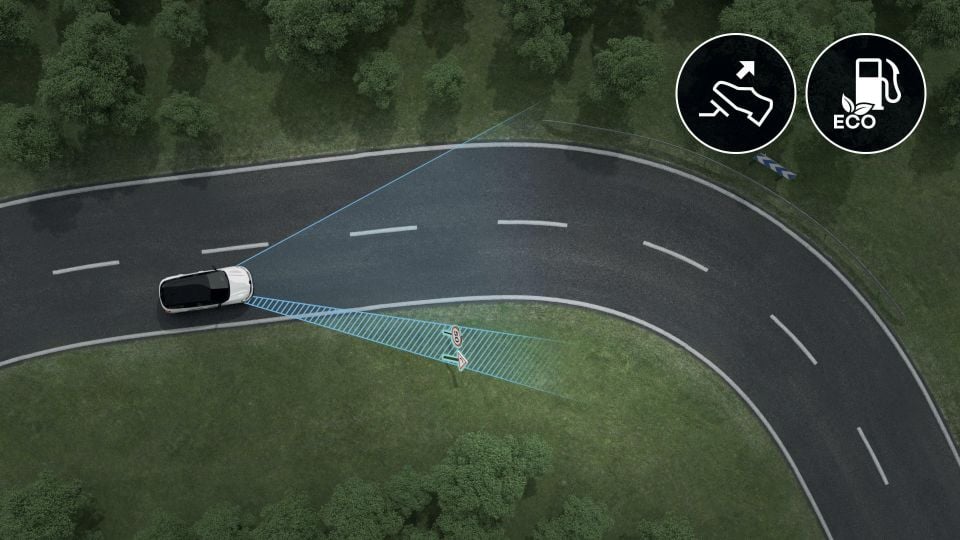

The Austral is yet to be tested by Euro NCAP, and therefore is currently without a safety rating.
Renault claims the Austral has Level 2 autonomous driving ability thanks to its stop-and-go adaptive cruise control, lane centring, front and rear autonomous emergency braking (AEB), and lane departure prevention systems.
Other available safety features include blind-spot monitoring, rear cross-traffic alert, surround-view cameras, an automated parking assistant, and Matrix LED headlights.
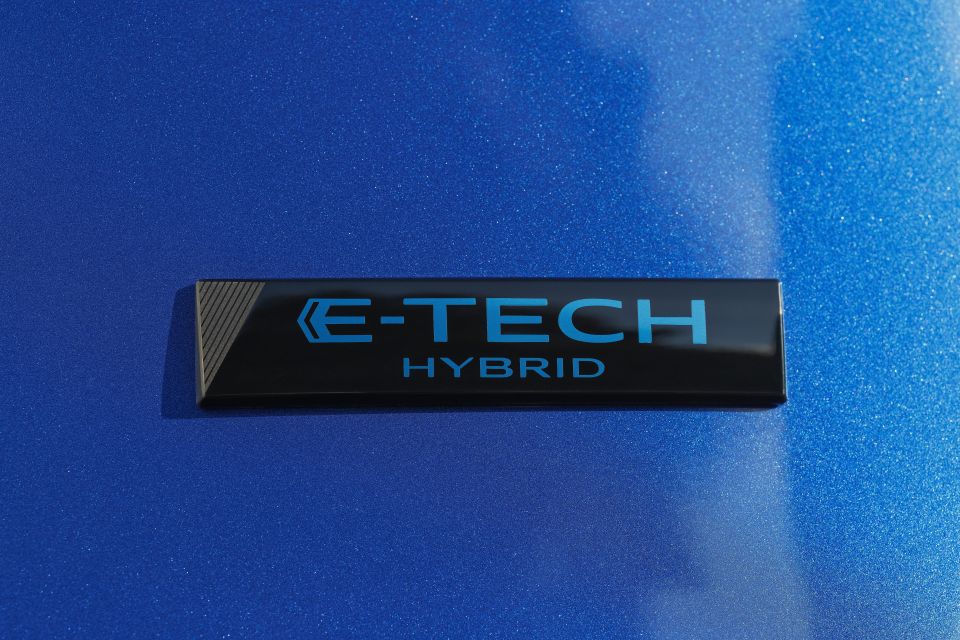
Where expert car reviews meet expert car buying – CarExpert gives you trusted advice, personalised service and real savings on your next new car.
Renault Australia covers its passenger car range with a five-year, unlimited-kilometre warranty.
Should the Austral make it Down Under, we’d expect it to fall under the same program.
Given the vehicle isn’t currently on sale in Australia, there’s no accurate indicator of service pricing, but the 1.3-litre turbo Captur and Arkana (sans hybrid tech) cost $399, $399, $399, $789 and $399 for the first five visits.

The Austral is not, perhaps, the game-changer Renault might like it to be, but it’s a much more compelling car than its predecessor, the Kadjar.
Better tech, a spacious cabin and the promise of strong economy give it real appeal, but it isn’t without its foibles.
A questionable ride, limited performance and a lack of all-wheel-drive capability might leave some customers looking elsewhere in their quest for a new family car.
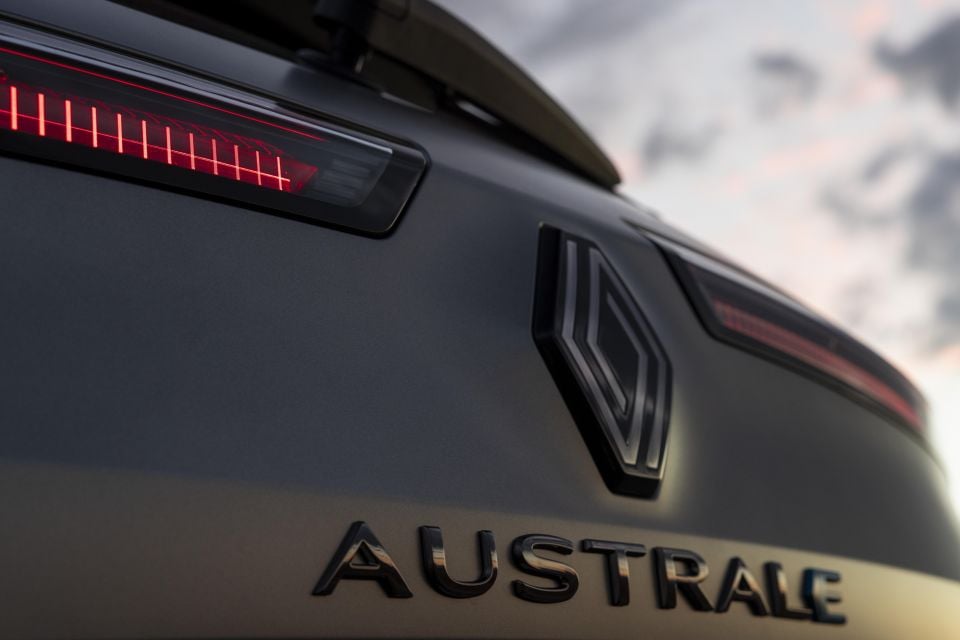
Click the images for the full gallery
MORE: Renault Austral revealed
Where expert car reviews meet expert car buying – CarExpert gives you trusted advice, personalised service and real savings on your next new car.


Matt Campbell
4 Minutes Ago


Max Davies
16 Hours Ago


William Stopford
16 Hours Ago


Derek Fung
17 Hours Ago


Max Davies
1 Day Ago


William Stopford
2 Days Ago